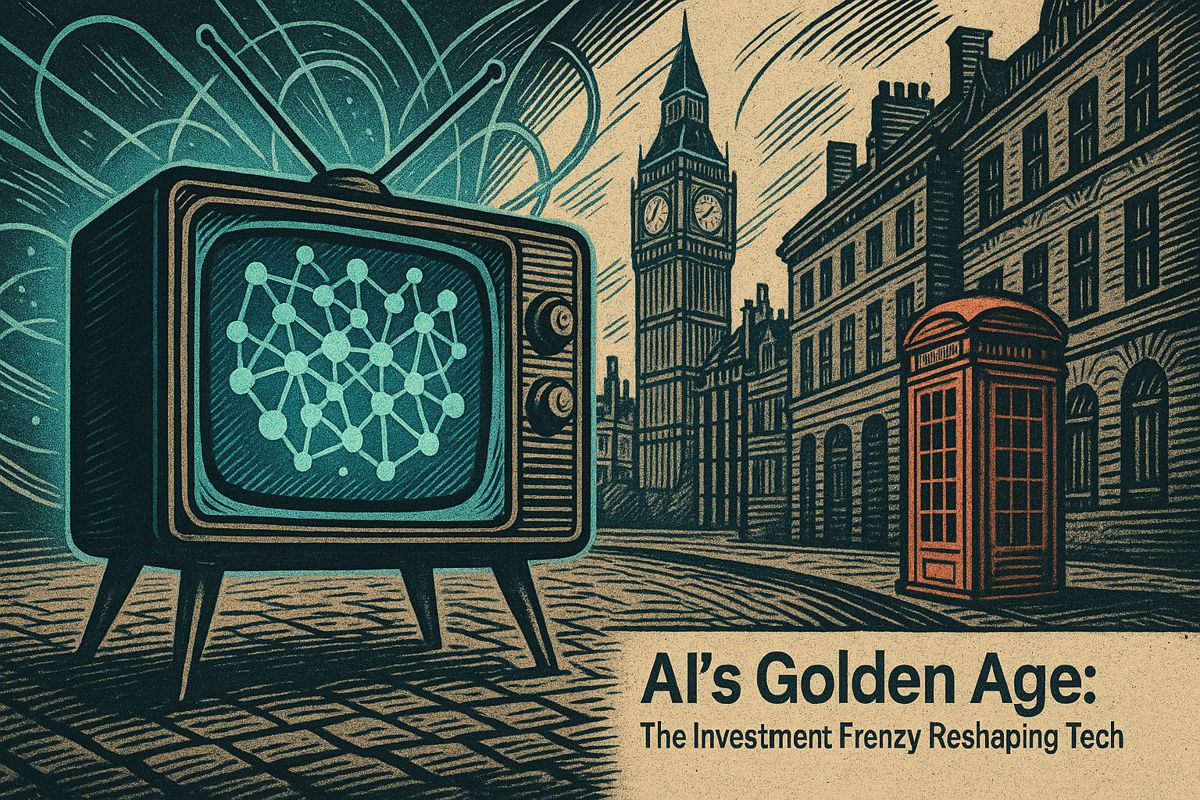In 2025, GPT-5 accelerates scientific discovery by fostering powerful human-AI collaboration across multiple disciplines. Labs from biology to mathematics report that the advanced model drastically shortens idea-to-validation timelines, turning weeks of work into days. This report examines the sources of these efficiency gains, current adoption, and the critical safeguards ensuring scientific integrity.
How GPT-5 compresses the research cycle
GPT-5 compresses the research cycle by rapidly analyzing vast datasets, including unpublished findings and entire project repositories. It automates literature reviews, generates testable hypotheses by linking disparate information, and flags potential dead ends, allowing scientists to move from ideation to lab validation much faster.
A key advantage is the model’s ability to process massive context windows, including entire project repositories. It synthesizes this information to draft novel hypotheses in a single day. For instance, immunologists at Jackson Laboratory used GPT-5 to analyze unpublished data, receiving a novel cytokine-receptor loop hypothesis within minutes that was later validated in the lab (HowAIWorks, 2025). This acceleration is echoed in an OpenAI review showing a median 68% drop in literature-review time (OpenAI, 2025). Its iterative “thinking mode” also helps researchers avoid dead-end experiments by proactively identifying contradictions.
The impact is evident across several fields:
* Biology: Accelerating target discovery for immune and cancer therapies.
* Mathematics: Proposing key lemmas that have helped solve century-old conjectures.
* Physics: Optimizing fusion reactor simulations for a 1,000-fold reduction in runtime.
* Drug Development: Improving molecule selection accuracy by 48% at Amgen.
Guardrails and ethical checkpoints
To manage the risks associated with rapid, AI-driven research, institutions are implementing robust governance frameworks. Protocols at universities like Vanderbilt and Cambridge now require human-in-the-loop sign-offs, with all prompts version-controlled for transparent audit trails. These measures are often guided by standards like UNESCO’s 2021 AI ethics framework to ensure privacy and reproducibility – a requirement increasingly enforced by journal editors.
Despite its advancements, the model is not infallible. An OpenAI field study measured a 22% residual error rate in mechanistic suggestions. To mitigate this, labs have adopted a critical verification process: AI outputs are paired with automated literature cross-checks and require mandatory empirical replication before submission.
GPT-5 versus rival research models
On PhD-level scientific benchmarks, GPT-5 demonstrates superior performance, producing 78% fewer factual errors than competitors like GPT-4o and Gemini 2.5 Pro. Evaluations also highlight its advanced reasoning on “negative space,” which helps teams discard unpromising research avenues earlier. While models like Claude Sonnet-4 remain strong for general writing tasks, they currently lag behind GPT-5 in generating novel scientific hypotheses.
However, this performance comes at a cost. The model’s long-context capabilities lead to significant compute expenses. Public labs are justifying these costs by demonstrating a return on investment through saved personnel hours and faster grant deliverables – a justification increasingly accepted by funding agencies.
While GPT-5 currently leads the field in validated breakthroughs, its dominance is not assured. The landscape is expected to shift with the upcoming release of open-weight, science-focused models designed for greater transparency. For now, GPT-5 remains the frontrunner, distinguished by the growing number of peer-reviewed papers that cite it.



















